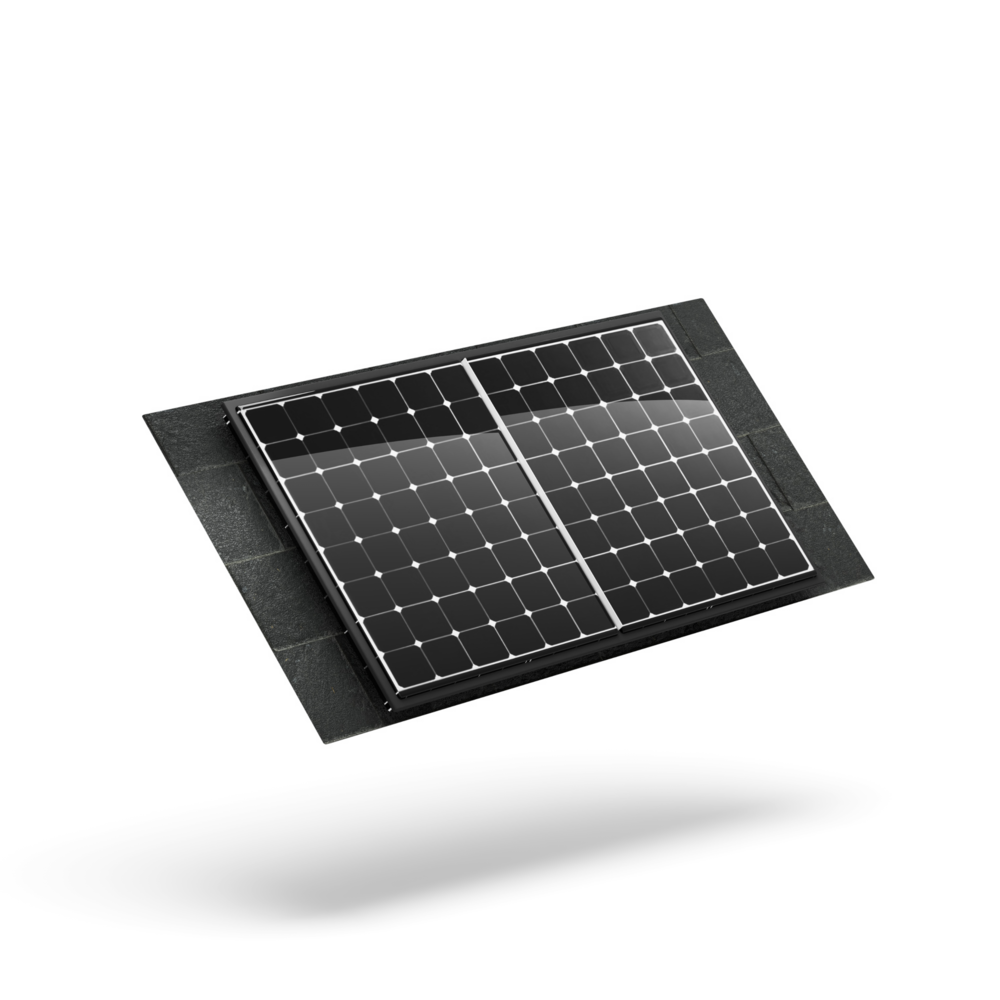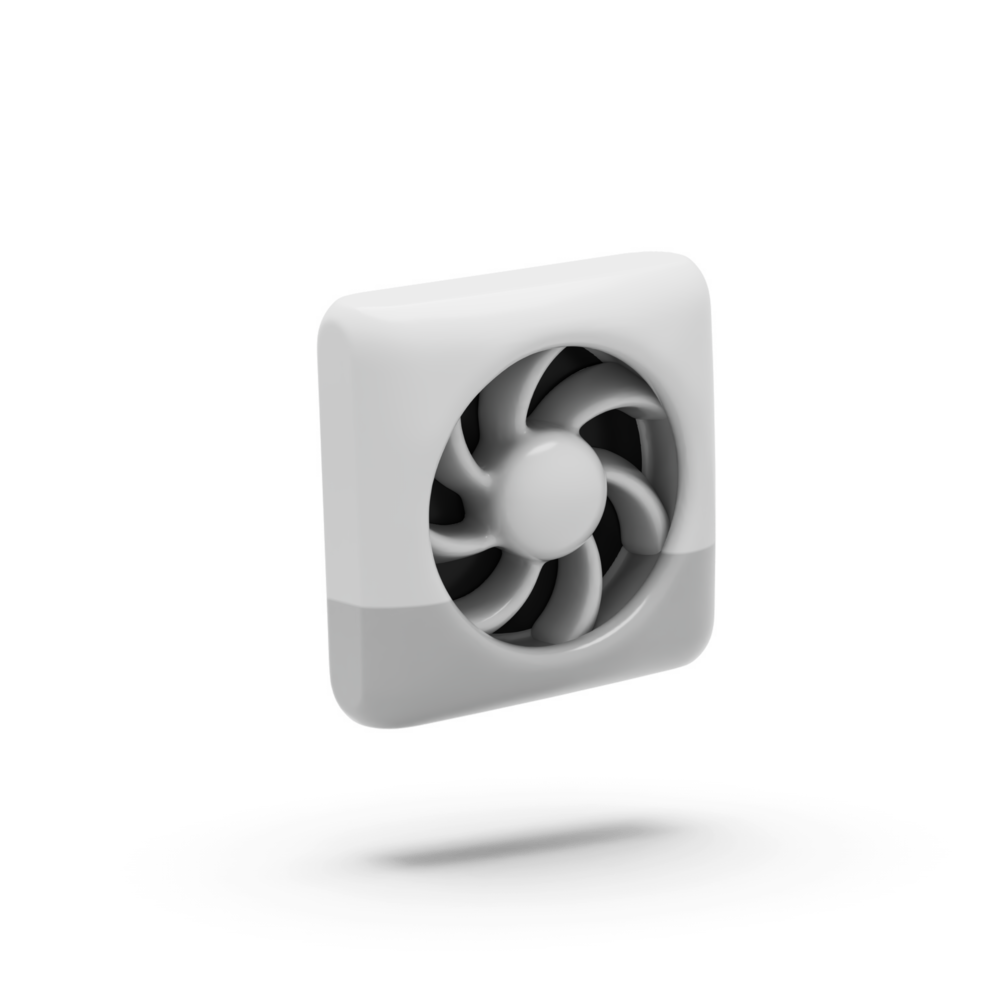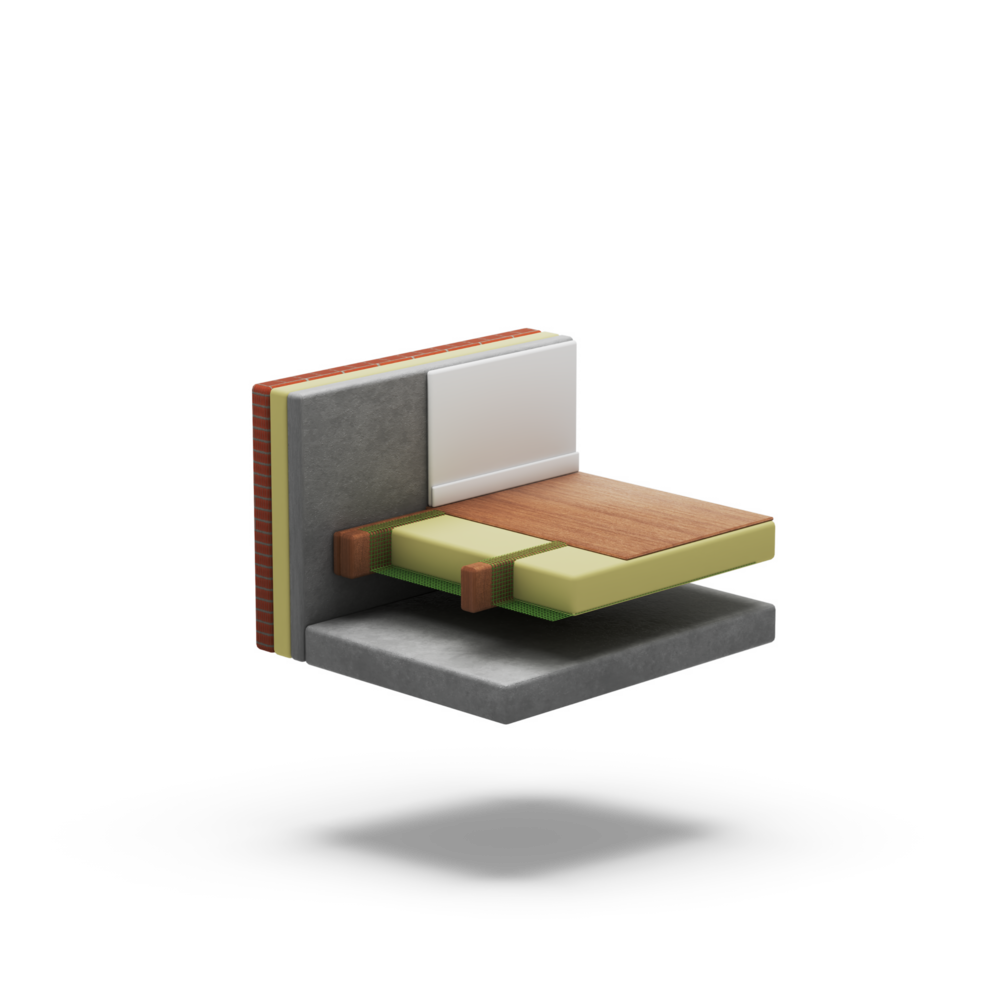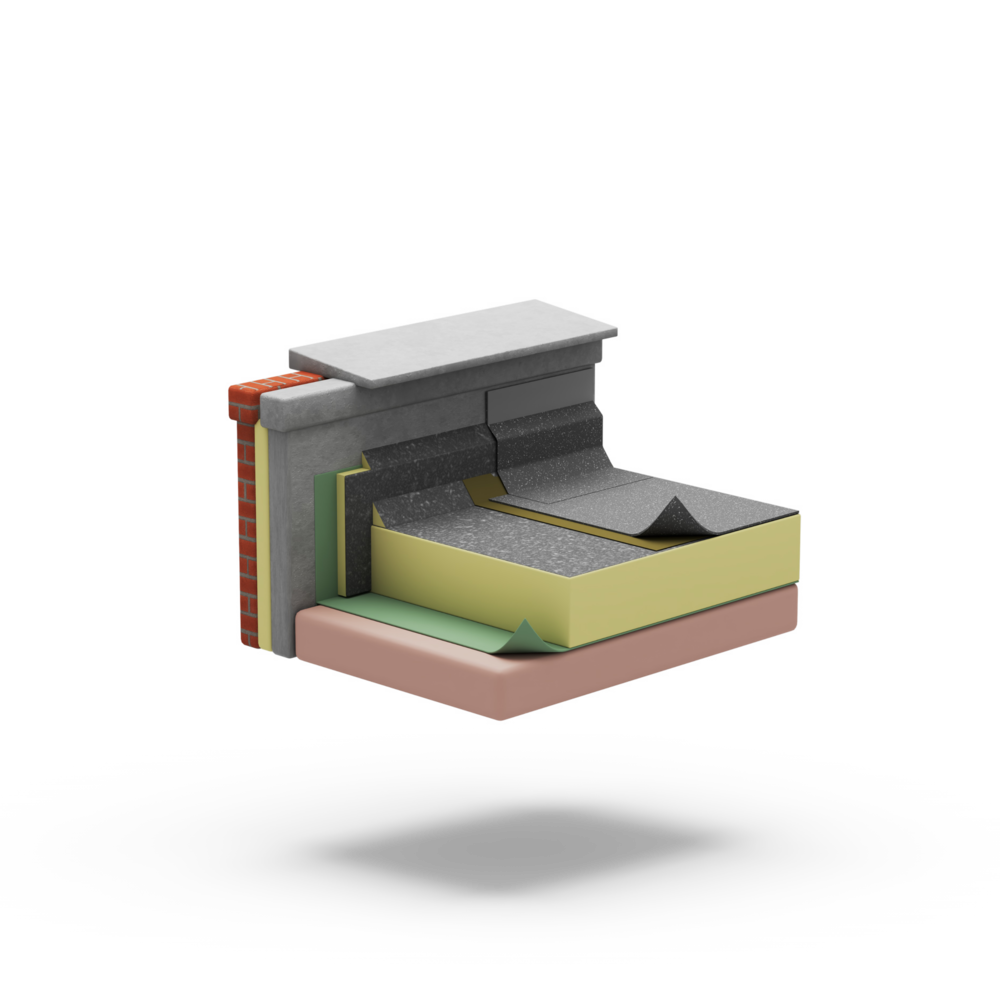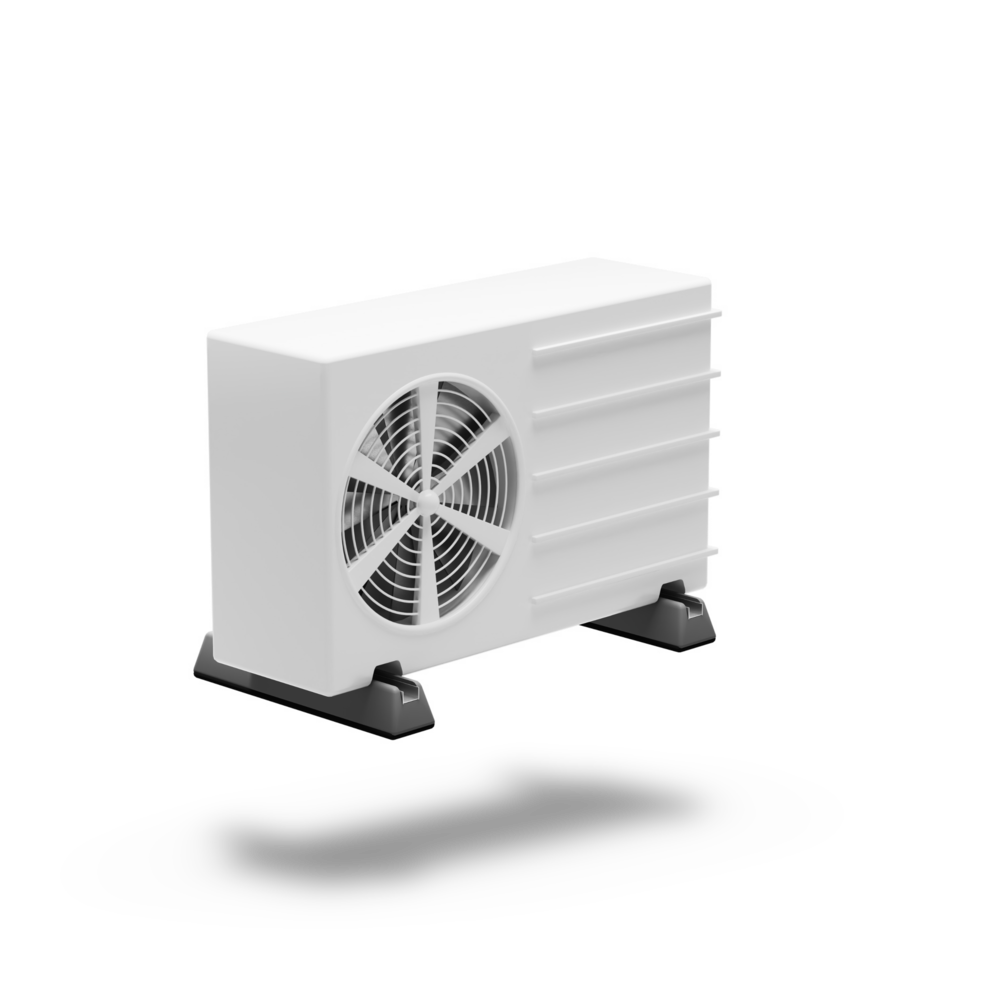
Ashley welcome to your Home Energy Plan for 57 Tavistock Road
Property Type
End-Terrace
Bedrooms
3
Postcode
N4 1DB
Survey Date
10/06/2024
Welcome to your Home Energy Plan
Homes can be retrofitted with a wide range of improvements such as insulation, heating, and renewable energy systems. To maximise benefits, improvements need to be delivered in a structured manner, considering the household's priorities, budget, and expectations.
This plan is designed to help you to select the home energy improvements that are best for you and your home. Along with a follow-up consultation, it represents the end of the first stage of your Furbnow Retrofit journey.
Your retrofit coordinator's advice in this plan is based on the survey of your home. It identifies specific improvements to make your home more comfortable, reduce energy usage and lower carbon emissions.
If you have any questions or want to make changes, we'll discuss those on the consultation call after you've reviewed your plan. At that point, we'll also cover how to start your project.
You can contact the Furbnow team for advice anytime!

Adriana Rivera
Furbnow
Operations Team
hello@furbnow.com
0330 165 6147

Adam Wilson
Your Retrofit Coordinator
Section Overview
Ashley Smith
57 Tavistock Road
Postcode
N4 1DB
Survey Date
10/06/2024
Your Survey
The importance of your survey
The survey is a critical part of your Home Energy Plan to ensure accurate and tailored advice. It was conducted by a qualified assessor who visited your property to collect data on its condition and energy performance.
You'll find the outputs of the survey attached at the bottom of this page and in the documents section of your dashboard. These documents have informed this plan and typically include a:
Condition or Assessment Report documenting the survey findings
Improvement Options Evaluation introducing the possible improvements to your property
Medium Term Improvement Plan outlining the suggested phasing of improvements to your property
Ashley Smith
57 Tavistock Road
Postcode
N4 1DB
Survey Date
10/06/2024
Bedrooms
3
Property Type
End-Terrace
Modelling Assumptions
Assumptions about your property
The assumptions below are based on our understanding of your property and properties like yours. We've detailed them to summarise details of your property that can influence this plan's guidance.
Implications for your plan
We factor these assumptions into our analysis to ensure the recommendations for your home meet the legal and practical requirements of your property. If any need validation later, they will be detailed in the Project Considerations section.
Your property is not a listed building and is not within a conservation area.
The wall construction is largely of solid construction
The porch to the property has been excluded from the thermal envelope
Various areas of repointing are required on the external façade.
Note the improvements in the plan are compounded improvements and therefore differ from the individual measures
Your Priorities
Understanding your priorities and goals
Aligning on your priorities will help us deliver a project that meets your expectations. We want to ensure that we're working to your needs and budget, with a view to maximising your home's potential.
Make the home more comfortable for both present and future use.
Reduce carbon emissions to do our bit for the planet.
The roof needs repairs, and we are considering installing new Velux windows while incorporating energy efficiency measures simultaneously.
Prioritise the replacement of single glazing, and ideally keeping either timber-framed or aluminium windows.
Your Improvement Potential
Measuring improvements
We consider 3 measures of efficiency. An EPC energy rating, annual fuel bill and CO2 emissions. You will also see increased comfort and a healthier home, which are a bit trickier to measure. That said, an efficient home can be kept at the desired temperature more easily throughout the year!
Whilst far from perfect, we use EPC energy ratings as they're the standard measure in the UK. As most homes have one they represent a reasonable basis for comparison.
Fuel bills represent the energy usage of your home, they are directly related to the efficiency of your home and your household's daily energy demands.
The environmental impact of your energy usage is most simply measured in CO2 emitted. That CO2 emission is a result of electricity generation in power stations and mains gas use at home.
Estimating efficiency improvements
In the table below you'll find the before and after figures for our 3 measures of efficiency. The change here represents the improvements you can expect from delivering your home energy project.
An EPC energy rating was calculated for your home as part of the survey and we can sensibly estimate the impact the improvements below would have on that rating. Please note that energy ratings are dependent on the improvements being installed in the order proposed.
If you shared your annual fuel bill before the survey, we've estimated your fuel bill after the improvements assuming that your day to day behaviours remain unchanged. CO2 emission reductions also assume that day to day behaviours remain unchanged.
Before
60 D
Existing EPC score
Existing annual fuel bill
7650kg
Existing C02 per year
These figures are estimates based on the modelling assumptions of your home and do not align to actual figures from your energy bill.
After
77 C
New EPC score
New annual fuel bill
3594kg
New C02 per year
These estimates are based on the installation of all recommended measures below in relation to your existing figures and currently lodged EPC data.
The impact on your home's value
Investing in an efficient home can significantly increase your house price by making it more attractive to potential buyers. Lower energy bills, a smaller environmental footprint, and a comfortable living environment are increasingly appealing features for buyers, ultimately raising the value and market appeal of your property.
Estimating future property value
This figure is based on a government report analysing 300,000 property sales in England. The report found that energy-saving improvements could increase property value by 14% on average, and up to 38% in some parts of England.
Your property is currently worth
These measures could deliver an estimated 7.0%price increase
Resulting in a property worth
Your Home Energy Improvements
Home energy improvements explained
A home energy project typically includes several individual home energy improvements.
When planning a retrofit, there are many improvement options available. Your retrofit coordinator has selected a shortlist of improvements based on your survey to meet your priorities.
While we talk about home energy improvements, the industry often refers to energy efficiency measures. The terms are interchangeable, so if you see 'energy efficiency measure' or 'measure' mentioned it's referring to a home energy improvement.
Selecting the improvements that meet your needs
Below is an overview of the proposed improvements for your project and their benefits. The reasoning for each improvement is detailed in the next section on Project Phases.
Please note that energy rating scores are dependent on the improvements being installed in the order proposed. We can work with you to determine which ones to proceed with and discuss their expected impact.
You may not wish to carry out some of the improvements for various reasons. We can work around this to customise your plan to your needs including moving improvements between phases. Once you've reviewed this plan, we'll discuss any questions and confirm your selected improvements on your consultation call.
Overview of your improvements
This is a summary of the improvements proposed for your home and the benefits they could deliver. The reasoning for each improvement is detailed in the next section on Project Phases.
Please note that energy rating scores are dependent on the improvements being installed in the order proposed.
| Improvement | Estimated Cost | Energy Rating | Estimated Monthly Savings | Estimated Annual Savings | Estimated Monthly CO2 Savings | Estimated Annual CO2 Savings |
|---|---|---|---|---|---|---|
| Upgrade Room-in-Roof Insulation | Estimated Cost | Energy Rating +1 | Estimated Monthly Savings | Estimated Annual Savings | Estimated Monthly CO2 Savings 1.83kg | Estimated Annual CO2 Savings 22.0kg |
| Solar PV | Estimated Cost | Energy Rating +8 | Estimated Monthly Savings | Estimated Annual Savings | Estimated Monthly CO2 Savings 38.08kg | Estimated Annual CO2 Savings 457.0kg |
| Mechanical Extract Ventilation | Estimated Cost | Energy Rating 0 | Estimated Monthly Savings | Estimated Annual Savings | Estimated Monthly CO2 Savings - | Estimated Annual CO2 Savings - |
| Replace the External Kitchen Door | Estimated Cost | Energy Rating +1 | Estimated Monthly Savings | Estimated Annual Savings | Estimated Monthly CO2 Savings 1.75kg | Estimated Annual CO2 Savings 21.0kg |
| Suspended Floor Insulation | Estimated Cost | Energy Rating +1 | Estimated Monthly Savings | Estimated Annual Savings | Estimated Monthly CO2 Savings 7.67kg | Estimated Annual CO2 Savings 92.0kg |
| Flat Roof Insulation | Estimated Cost | Energy Rating +2 | Estimated Monthly Savings | Estimated Annual Savings | Estimated Monthly CO2 Savings 4.50kg | Estimated Annual CO2 Savings 54.0kg |
| Air Source Heat Pump | Estimated Cost See below for more information on the cost of this measure | Energy Rating +4 | Estimated Monthly Savings | Estimated Annual Savings | Estimated Monthly CO2 Savings 284.17kg | Estimated Annual CO2 Savings 3410.0kg |
| Totals | Estimated Cost See below for more information on the cost of this measure | Energy Rating 77 C | Estimated Monthly Savings | Estimated Annual Savings | Estimated Monthly CO2 Savings 338.00kg | Estimated Annual CO2 Savings 4056.00kg |
Heat Pump grant savings - Boiler Upgrade Scheme
The cost we show for a heat pump measure in your Plan, does not take into account the £7,500 grant available from the Boiler Upgrade Scheme (BUS). Most people getting a heat pump will qualify for this, so please discuss this with us to confirm your eligibility.
Project Phases
Project phases explained
We group home energy improvements into phases to suggest an appropriate order for implementation and highlight critical interactions between them and other possible works to your home.
Phase 1 improvements can be implemented now, while later phases can follow. Some improvements should be installed together, and some are independent of each other.
Repairs and defects are typically addressed first, followed by building fabric improvements, heating systems, and renewables. Your retrofit coordinator can advise you on the best order for your home during the consultation call.
Changing your phases
The project phases are recommendations. We will work with you to ensure you are happy with your project phases. Any changes you'd like to make can be discussed with your retrofit coordinator on your consultation call.
Addressing your main priority.
Summary of improvements in
| Improvement | Estimated Cost | Energy Rating | Estimated Monthly Savings | Estimated Annual Savings | Estimated Monthly CO2 Savings | Estimated Annual CO2 Savings |
|---|---|---|---|---|---|---|
| Upgrade Room-in-Roof Insulation | Estimated Cost | Energy Rating +1 | Monthly Savings | Estimated Annual Savings | Monthly CO2 Savings 1.83kg | Annual CO2 Savings 22.0kg |
| Solar PV | Estimated Cost | Energy Rating +8 | Monthly Savings | Estimated Annual Savings | Monthly CO2 Savings 38.08kg | Annual CO2 Savings 457.0kg |
| Totals | Estimated Cost | Energy Rating - | Monthly Savings | Estimated Annual Savings | Monthly CO2 Savings 39.92kg | Annual CO2 Savings 479.00kg |
Sensible fabric measures with adequate ventilation.
Summary of improvements in
| Improvement | Estimated Cost | Energy Rating | Estimated Monthly Savings | Estimated Annual Savings | Estimated Monthly CO2 Savings | Estimated Annual CO2 Savings |
|---|---|---|---|---|---|---|
| Mechanical Extract Ventilation | Estimated Cost | Energy Rating 0 | Monthly Savings | Estimated Annual Savings | Monthly CO2 Savings - | Annual CO2 Savings - |
| Replace the External Kitchen Door | Estimated Cost | Energy Rating +1 | Monthly Savings | Estimated Annual Savings | Monthly CO2 Savings 1.75kg | Annual CO2 Savings 21.0kg |
| Suspended Floor Insulation | Estimated Cost | Energy Rating +1 | Monthly Savings | Estimated Annual Savings | Monthly CO2 Savings 7.67kg | Annual CO2 Savings 92.0kg |
| Flat Roof Insulation | Estimated Cost | Energy Rating +2 | Monthly Savings | Estimated Annual Savings | Monthly CO2 Savings 4.50kg | Annual CO2 Savings 54.0kg |
| Totals | Estimated Cost | Energy Rating - | Monthly Savings | Estimated Annual Savings | Monthly CO2 Savings 13.92kg | Annual CO2 Savings 167.00kg |
Reducing your carbon emissions.
Summary of improvements in
| Improvement | Estimated Cost | Energy Rating | Estimated Monthly Savings | Estimated Annual Savings | Estimated Monthly CO2 Savings | Estimated Annual CO2 Savings |
|---|---|---|---|---|---|---|
| Air Source Heat Pump | Estimated Cost See below for more information on the cost of this measure | Energy Rating +4 | Monthly Savings | Estimated Annual Savings | Monthly CO2 Savings 284.17kg | Annual CO2 Savings 3410.0kg |
| Totals | Estimated Cost | Energy Rating - | Monthly Savings | Estimated Annual Savings | Monthly CO2 Savings 284.17kg | Annual CO2 Savings 3410.00kg |
Heat Pump grant savings - Boiler Upgrade Scheme
The cost we show for a heat pump measure in your Plan, does not take into account the £7,500 grant available from the Boiler Upgrade Scheme (BUS). Most people getting a heat pump will qualify for this, so please discuss this with us to confirm your eligibility.
Project Considerations
The purpose of these considerations
Your retrofit coordinator has detailed below the points of notes for your project. These are things to explore or confirm before the project starts.
We'll work with you to ensure they are understood and discuss further details as helpful.
Not all considerations are essential
Some of these considerations may not be essential for the project to begin. Consult the details below to understand if any are critical to your progress.
Air Tightness Testing
Air tightness testing is a method used to measure the air leakage of a building. It is an important test to ensure that your home is not losing unnecessary heat and that the insulation measures are effective. This is also used to assess the property’s background ventilation.
Planning Permission
Planning permission is a legal requirement for some types of retrofit work, particularly when the works affect the exterior of the property. Your Retrofit Coordinator can provide guidance on this.
Party Wall Agreement
A party wall survey is required if the works affect a wall that is shared with a neighbouring property and determine legal rights and responsibilities, particularly for managing the costs or damages incurred. A Party Wall Notice requirement does not necessarily require a surveyor unless it goes to a dispute.
Listed Building Consent
Listed building consent is a legal permission required in the UK to make any changes to a listed building that might affect its special architectural or historic interest.
Next steps
Next Steps
Let's talk through your Home Energy Plan
Speak with your coordinator to discuss your plan and the next steps. Your coordinator will be in touch to arrange your call.
Ready to progress your project?
Speak with the Furbnow project team to take your project to the next stage.
Book this call now →Extra Information
Our Methodology
Your Average monthly energy bills
We assessed your home using the nationally accepted methodology for calculations that underpins the Energy Performance Certificate (EPC) regime for all UK homes, but we dont rely solely on its calculations.
Caveats
Costs in this Home Energy Plan are indicative and subject to change. They are not quotations and do not include preliminaries and professional fees such as scaffolding and architectural services, which cannot be estimated at this stage. Quotations are requested as part of Stage 2: Design and Tender.
Inflation
Budgeted costs are based on current information and market prices. Your costs may increase due to inflation, which is hard to predict in the construction industry due to the nature of the workforce and currency sensitivity.
Confidence Score
The confidence score for this survey is 9/10
Your confidence score refers to the level of certainty or reliability associated with the survey data.
A higher confidence score indicates greater accuracy and precision in the collected data. This means the surveyors are more certain that the information is reliable.

